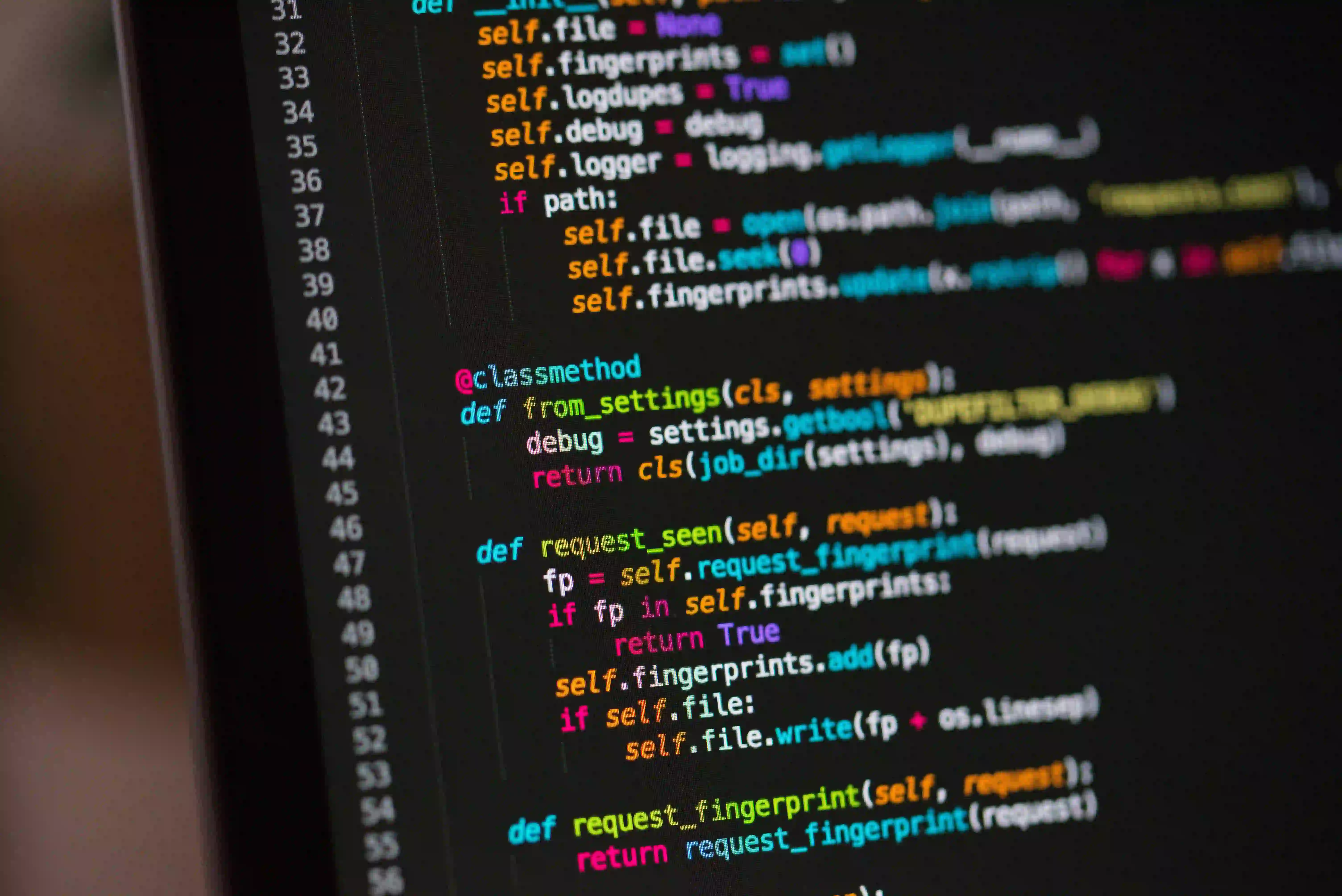Creating Harmonious Workspaces in Java Development Environments

Creating Harmonious Workspaces in Java Development Environments
In today's fast-paced technology landscape, having a harmonious workspace can significantly impact productivity, especially for Java developers. Just as Feng Shui emphasizes balance and energy flow in physical spaces, creating an optimal environment in your Java development setup can lead to improved focus and creativity. This blog post aims to guide you through creating a harmonious Java development environment, bolstered by best practices, tool suggestions, and even some code snippets that exemplify what makes a developer's workspace efficient and enjoyable.
The Importance of Workspace Harmony
A well-organized workspace is not just visually pleasing; it also enhances your mental clarity. A study mentioned in Feng Shui im Studio: Harmonie im kleinen Raum emphasizes the correlation between physical space and productivity. In the realm of software development, where focus and problem-solving are key, the principle remains relevant.
Key Elements of an Effective Development Environment
- Declutter Your Code
- Organized Tooling
- Ergonomics
- Version Control
- Environment Customization
Declutter Your Code
A cluttered codebase can be as distracting as a messy desk. Keeping your Java code clean, consistent, and easy to read is critical. Here's why:
-
Readability: Other developers, including your future self, should easily understand your code.
-
Maintainability: Well-organized code is simpler to maintain and refactor, saving time in the long run.
Consider this simple Java class:
public class Rectangle {
private double length;
private double width;
public Rectangle(double length, double width) {
this.length = length;
this.width = width;
}
public double area() {
return length * width;
}
}
Commentary
This class is straightforward and focuses on a single responsibility: calculating the area of a rectangle. Each method is clearly defined, and the naming conventions adhere to Java's best practices.
Why This Matters
A single-purpose class like this enhances modularity. When you break down larger problems into smaller, manageable pieces, it not only improves readability but also aligns well with the principles of object-oriented design.
Organized Tooling
A Java developer doesn't just write code but utilizes various tools for testing, building, and version control. Here’s a list of commonly used tools:
-
IDE: Integrated Development Environments like IntelliJ IDEA or Eclipse will boost your productivity. Choose one that suits your coding style.
-
Build Tools: Apache Maven and Gradle help manage Java project dependencies and automate builds effectively.
-
Version Control: Git is essential for maintaining code history. Services like GitHub or Bitbucket can host repositories and facilitate collaboration.
Workspace Configuration
Setting up your IDE correctly can help eliminate distractions and automate repetitive tasks. For example, configuring code style settings in IntelliJ IDEA can ensure consistent formatting according to your team's style guidelines.
<codeStyleSettings version="173">
<option name="USE_TAB_CHARACTER" value="false" />
<option name="SPACES_WITHIN_METHOD_CALL_PARENTHESES" value="true" />
</codeStyleSettings>
Commentary
This snippet shows a segment of the IntelliJ configuration file that dictates the style for spacing. Consistent formatting goes a long way to avoid confusion and maintain clarity across a codebase.
Why This Matters
Just like a clean physical workspace minimizes distractions, organized tooling helps you focus on coding rather than setting up your environment repeatedly.
Ergonomics
Investing in ergonomic equipment can profoundly affect your long-term health as a developer.
- Chair: A good ergonomic chair will provide support.
- Desk Height: Your desk should allow your forearms to be parallel to the floor while typing.
- Monitor Placement: The top of the screen should be at or just below eye level.
Version Control Best Practices
Version control is crucial for any developer. Using Git effectively can make collaborative development smoother. Here are some tips:
- Commit frequently with descriptive messages.
- Use branches for new features.
Example of committing changes:
git add .
git commit -m "Fix issue with rectangle area calculation"
git push origin feature/rectangle-area-fix
Commentary
Keeping your commits frequent and organized allows you to track changes better. It’s easier to identify what changed, especially when collaborating with other developers.
Why This Matters
Version control acts as your safety net. Should something go wrong, you can easily roll back to previous stable iterations.
Environment Customization
Personalizing your Java development environment can greatly improve your comfort. Themes, fonts, and color schemes can enhance visibility. Here’s how you can customize your environment in IntelliJ:
- Go to
File > Settings, thenAppearance & Behavior. - Select
Appearanceto change the theme. - Choose
Editor > Colors & Fontsto customize syntax highlighting.
editor {
fontSize = 14
lineSpacing = 1.5
}
Commentary
This Groovy code snippet would be part of a configuration file that adjusts the font size and line spacing in your IDE. A more visually pleasant coding environment can reduce eye strain and keep you focused.
Why This Matters
Creating a comfortable environment through customization makes coding sessions more enjoyable. An aesthetically pleasing environment can boost your motivation levels.
Wrapping Up
In conclusion, creating a harmonious workspace in a Java development environment is a multi-faceted process. By decluttering your code, organizing your tooling, adopting ergonomic principles, practicing effective version control, and personalizing your environment, you can foster an atmosphere conducive to creativity and productivity.
Just as the principles of Feng Shui inform the layout of physical spaces, applying similar ideas in the digital realm can lead to impactful results.
To learn more about enhancing harmony in smaller spaces, check out the article titled Feng Shui im Studio: Harmonie im kleinen Raum.
By paying attention to the details in your development environment, you set yourself up for success in your coding endeavors. Happy coding!
